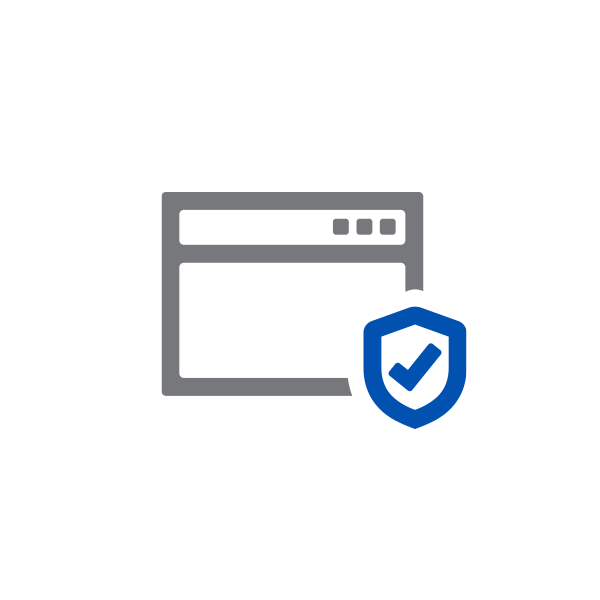
Category: Security
In this article, we will discuss how we can ensure that the URL entered on users' profiles is safe to browse and why this is important to us. Lately, we've seen an uptick in cybercriminals pretending to be businesses or government agencies on social media in order to get sensitive information from unsuspecting victims. Spoofing and phishing have led to financial losses and reputation damage for businesses, including government sites. Additionally, illegal businesses use technology like short links or domain redirection to mine their victims online. There is a possibility that we will see these threat actors using s͛Card as a tool for their malicious activities, so we have to act fast on this.
To combat these malicious activities, we adopted four solutions in s͛Card;
Although we cannot stop these malicious actors forever, we can lessen the damage they cause by taking preventative measures. We want to communicate clearly that such behaviour will not be tolerated.
Click here to learn more about out how s͛Card deals with impersonation.